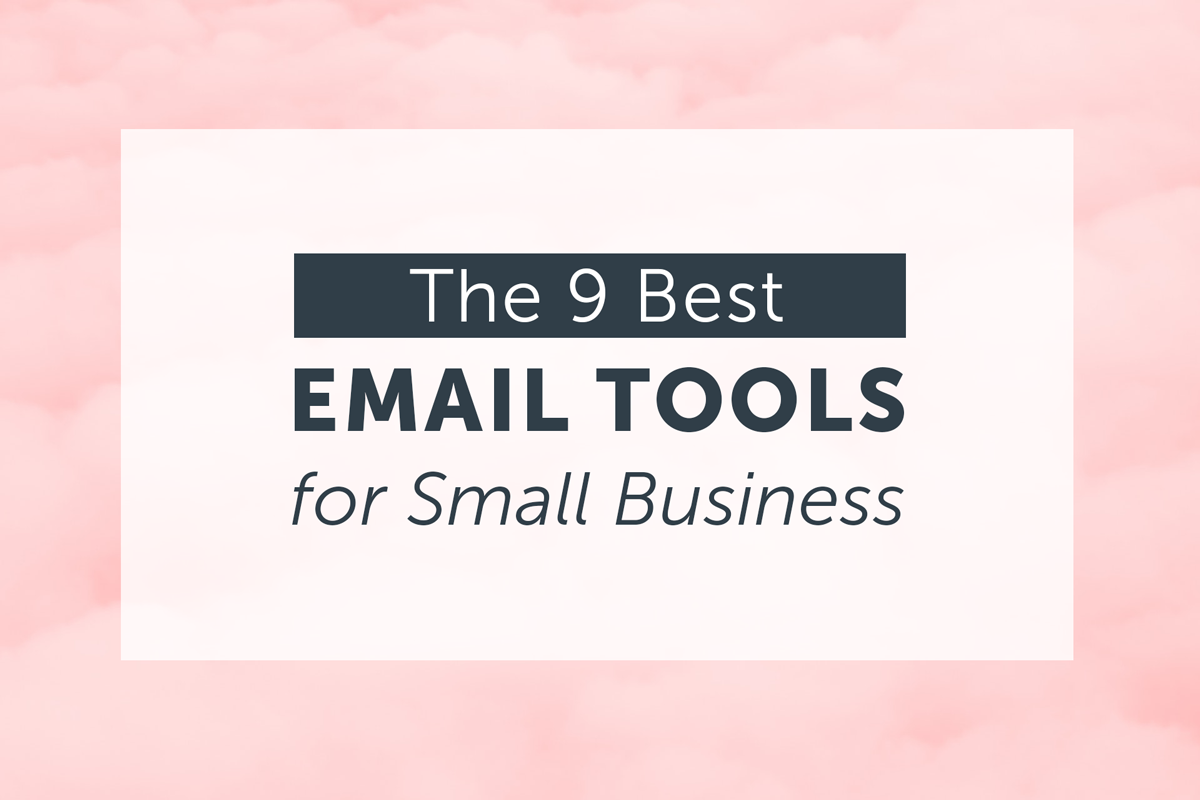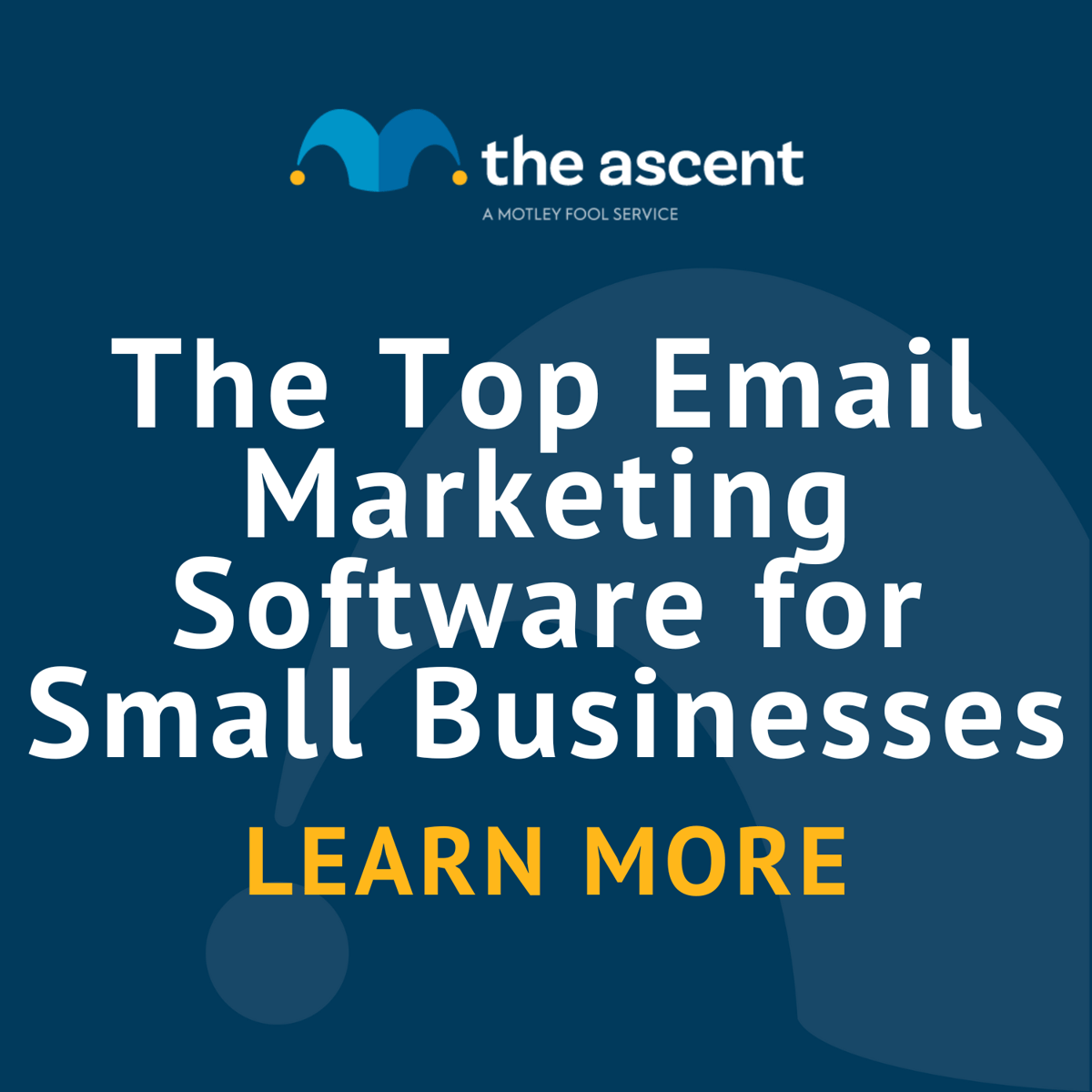Best Small Business Email Marketing Tools
Small business email marketing tools streamline communication and boost customer engagement. They offer automation, analytics, and personalization features for effective campaigns.
Email marketing remains a cornerstone of digital marketing for small businesses. These tools help businesses communicate directly with their audience, building trust and fostering customer loyalty. They offer a range of features such as automation, analytics, and personalization, making it easier to manage campaigns and track performance.
Small businesses can leverage these tools to create targeted email lists, schedule emails, and analyze customer behavior. By using email marketing tools, small businesses can save time, reduce costs, and increase their reach, ultimately driving growth and success.
Introduction To Email Marketing
Email marketing is a powerful tool for small businesses. It helps connect with customers directly. Emails can inform customers about new products or offers. They can also build customer loyalty.
Importance Of Email Marketing
Email marketing is crucial for small businesses. It allows direct communication with customers. This personal touch can boost sales. It is also cost-effective compared to other marketing methods. Emails can reach a large audience quickly. This helps small businesses grow faster.
Benefits For Small Businesses
- Cost-Effective: Email marketing is cheaper than traditional advertising.
- Direct Communication: It allows businesses to speak directly to customers.
- Quick Results: Emails can generate immediate responses.
- Customer Loyalty: Regular emails keep customers engaged.
- Measurable: Businesses can track email performance easily.
| Benefit | Description |
|---|---|
| Cost-Effective | Email marketing is cheaper than traditional ads. |
| Direct Communication | It allows direct interaction with customers. |
| Quick Results | Emails can generate fast responses. |
| Customer Loyalty | Regular emails keep customers engaged. |
| Measurable | Track email performance easily. |
Choosing The Right Tool
Email marketing tools are vital for small businesses. They help you engage customers, drive sales, and grow your brand. But how do you choose the right tool? This guide will help you make an informed choice.
Factors To Consider
Before selecting an email marketing tool, consider these key factors:
- Ease of Use: The tool should be user-friendly. You should be able to create and send emails easily.
- Features: Look for features like automation, templates, and analytics.
- Cost: Ensure the tool fits your budget. Look for any hidden fees.
- Integration: The tool should integrate with your existing systems, like CRM or e-commerce platforms.
- Customer Support: Reliable support is crucial. Check if they offer live chat, email, or phone support.
Popular Options
Here are some popular email marketing tools for small businesses:
| Tool | Features | Starting Price |
|---|---|---|
| Mailchimp | Automation, templates, analytics | Free for the basic plan |
| Constant Contact | Drag-and-drop editor, list management | $20/month |
| SendinBlue | SMS marketing, automation | $25/month |
| AWeber | Autoresponders, templates | $19/month |
| GetResponse | Webinars, automation | $15/month |
Choosing the right email marketing tool can transform your business. Evaluate these factors and popular options to find your best fit.
Top Email Marketing Tools
Choosing the right email marketing tool can boost your small business. Find the best fit for your needs. Check out these top email marketing tools.
Mailchimp
Mailchimp is a popular choice for small businesses. It offers a free plan. This plan includes up to 2,000 subscribers and 10,000 emails per month.
- Easy to use drag-and-drop editor
- Advanced analytics and reporting
- Automation features for follow-up emails
Constant Contact
Constant Contact is known for its customer support. It provides a 60-day free trial. This tool is great for beginners.
- Customizable email templates
- Real-time tracking and reporting
- Integrations with various apps and services
Sendinblue
SendinBlue offers both email and SMS marketing. It has a free plan with unlimited contacts. This plan allows up to 300 emails per day.
- Advanced segmentation options
- Transactional email features
- Marketing automation tools

Credit: www.benchmarkone.com
Setting Up Your Campaign
Setting Up Your Campaign is crucial for successful email marketing. This involves creating an email list, designing effective emails, and ensuring everything is optimized. Let’s explore these steps in detail.
Creating An Email List
Your email list is the foundation of your campaign. Start by collecting emails from your website visitors. Use sign-up forms on your website. Offer something valuable in exchange for email addresses, like an ebook or discount.
Segment your list based on customer behavior. This can be purchase history, location, or interests. Use tools like Mailchimp or Constant Contact for this task. These tools help you manage and organize your contacts.
| Tool | Features |
|---|---|
| Mailchimp | Segmentation, Automation, Analytics |
| Constant Contact | Email Templates, List Management, Reporting |
Designing Effective Emails
Effective emails catch the reader’s eye. Use a clear and engaging subject line. This is the first thing your recipient sees. Keep your content short and to the point. Use bullet points to make it scannable.
- Use a responsive design so emails look good on all devices.
- Include a call-to-action (CTA) that stands out.
- Personalize your emails with the recipient’s name.
Tools like MailerLite and Sendinblue offer great design templates. These tools help you create professional and effective emails.
- Choose a template that matches your brand.
- Customize it with your logo and colors.
- Write clear and concise content.
- Add images or videos to make it engaging.
Test your emails before sending them. Ensure they look good on different devices and email clients.
Automation And Personalization
Small business email marketing thrives on automation and personalization. These tools help save time and engage customers. Let’s explore how you can use them effectively.
Automated Campaigns
Automated campaigns are a game-changer for small businesses. They send emails based on user actions. This means less work for you and more timely messages for your customers.
Here are some examples of automated email campaigns:
- Welcome Emails
- Abandoned Cart Reminders
- Birthday Wishes
- Re-engagement Campaigns
These campaigns ensure your customers receive emails at the right time. This can boost your open rates and conversion rates.
| Campaign Type | Trigger |
|---|---|
| Welcome Emails | New Sign-up |
| Abandoned Cart Reminders | Cart Abandonment |
| Birthday Wishes | Customer Birthday |
| Re-engagement | Inactivity |
Personalized Content
Personalized content makes your emails more relevant. This makes your customers feel special. It can also increase engagement and loyalty.
Here are some ways to personalize your emails:
- Use the recipient’s name.
- Recommend products based on past purchases.
- Send location-based offers.
- Segment your list by interests.
Personalization helps you connect with your customers on a deeper level. It shows that you understand their needs and preferences.
By combining automation and personalization, you can create powerful email campaigns. These campaigns can drive more sales and build stronger relationships with your customers.
Analyzing Campaign Performance
Understanding how your email campaigns perform is crucial. It helps improve future campaigns. You need to track various metrics. These metrics show how well your emails are doing.
Key Metrics To Track
Tracking the right metrics is essential. Here are the key metrics to focus on:
- Open Rate: This shows the percentage of people who open your email.
- Click-Through Rate (CTR): This measures how many people clicked on links in your email.
- Bounce Rate: This indicates the percentage of emails that didn’t reach the recipient’s inbox.
- Unsubscribe Rate: This tracks how many people opted out of your mailing list.
- Conversion Rate: This shows the percentage of recipients who completed a desired action.
Using Analytics Tools
Analytics tools help you understand your email campaigns. They provide detailed reports and insights. Many email marketing platforms offer built-in analytics tools. Here are some popular ones:
| Tool | Features |
|---|---|
| Mailchimp | Detailed reports, A/B testing, real-time analytics |
| Constant Contact | Customizable reports, social media integration, click tracking |
| Sendinblue | Heat maps, engagement metrics, advanced segmentation |
Use these tools to get a clear picture of your campaign performance. They help you see what works and what doesn’t. This way, you can make data-driven decisions and improve your email marketing efforts.
Best Practices For Small Businesses
Small businesses need effective email marketing tools to stay competitive. Following best practices ensures your email campaigns are successful. Here are some key strategies to consider.
Segmentation Strategies
Segmentation helps target specific groups within your email list. By dividing your audience based on demographics, purchase behavior, or engagement levels, you can send more relevant content.
Use segmentation to create targeted campaigns. For example, send a special offer to loyal customers. Or, introduce new products to recent subscribers. This approach increases engagement and conversion rates.
A/b Testing
A/B testing involves sending two versions of an email to see which performs better. Test different subject lines, call-to-actions, or email layouts.
| Element | Version A | Version B |
|---|---|---|
| Subject Line | 50% off Sale! | Save Big with 50% off! |
| Call-to-Action | Shop Now | Buy Today |
| Email Layout | Image at Top | Text at Top |
Analyze the results to see which version had better open and click rates. Use this data to refine future email campaigns.

Credit: www.fool.com
Common Challenges And Solutions
Email marketing is crucial for small businesses. It helps build customer relationships. Yet, common challenges can hinder success. Let’s explore these challenges and their solutions.
Deliverability Issues
Deliverability issues prevent emails from reaching inboxes. These issues stem from poor sender reputation or technical glitches. A low sender score can affect deliverability.
To improve deliverability, use these steps:
- Authenticate your domain with SPF, DKIM, and DMARC.
- Maintain a clean email list. Remove inactive subscribers.
- Send emails at consistent intervals. Avoid sudden spikes in volume.
Avoiding Spam Filters
Spam filters can block your emails. They check for certain words, links, and formats. Emails flagged as spam won’t reach the inbox.
To avoid spam filters, follow these tips:
- Use a reputable email service provider.
- Avoid using spam trigger words like “free” or “urgent”.
- Ensure your email content is relevant and valuable.
- Include an easy unsubscribe option.
Future Trends In Email Marketing
As technology advances, email marketing evolves rapidly. This evolution impacts small businesses significantly. Future trends in email marketing promise to transform user engagement. Staying updated ensures businesses leverage the latest tools effectively.
AI and Machine Learning
AI and machine learning revolutionize email marketing. These technologies analyze vast amounts of data. They help create personalized email campaigns. AI tools predict customer behavior accurately. They suggest optimal send times and subject lines. This increases open rates and conversions.
Machine learning algorithms segment audiences intelligently. They target specific customer groups based on behavior. This ensures relevant content reaches the right audience. AI-driven analytics provide deep insights. Businesses can refine their strategies continuously.
Interactive Emails
Interactive emails engage recipients more effectively. They offer a dynamic experience. Interactive elements include surveys, polls, and quizzes. Users interact directly with the email. This boosts engagement and response rates.
Interactive emails also feature animated buttons and image carousels. These elements make emails visually appealing. They encourage recipients to explore more. Interactive content reduces bounce rates. It enhances the overall user experience.
Implementing interactive emails is becoming easier. Many email marketing tools offer drag-and-drop builders. This allows businesses to create interactive content without coding skills.
Frequently Asked Questions
What Is The Best Email Platform For Small Businesses?
The best email platform for small businesses is Mailchimp. It offers user-friendly features, automation, and affordable pricing. Mailchimp integrates well with other tools, making it an excellent choice for small businesses looking to streamline their email marketing efforts.
How Do I Set Up Email Marketing For My Small Business?
Set up email marketing by choosing an email service provider, creating a contact list, designing engaging emails, and scheduling campaigns. Track performance metrics to optimize future emails.
What Is The Best Tool For Email Marketing?
The best tool for email marketing is Mailchimp. It offers user-friendly features, automation, and robust analytics. Other popular options include Constant Contact, SendinBlue, and HubSpot. Choose based on your specific needs and budget.
Does Email Marketing Work For Small Businesses?
Yes, email marketing works effectively for small businesses. It helps build customer relationships, boost sales, and increase brand awareness.
What Are The Best Email Marketing Tools?
Top tools include Mailchimp, Constant Contact, and SendinBlue. These platforms offer user-friendly interfaces and powerful features.
How Can Email Marketing Help Small Businesses?
Email marketing boosts customer engagement, increases sales, and builds brand loyalty. It’s cost-effective and easy to measure.
Conclusion
Choosing the right email marketing tools can boost your small business growth. These tools offer efficiency and affordability. Implementing them effectively enhances customer engagement. Start exploring these options today. Elevate your marketing strategy and drive business success. Email marketing is a powerful tool for any small business.








